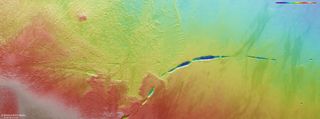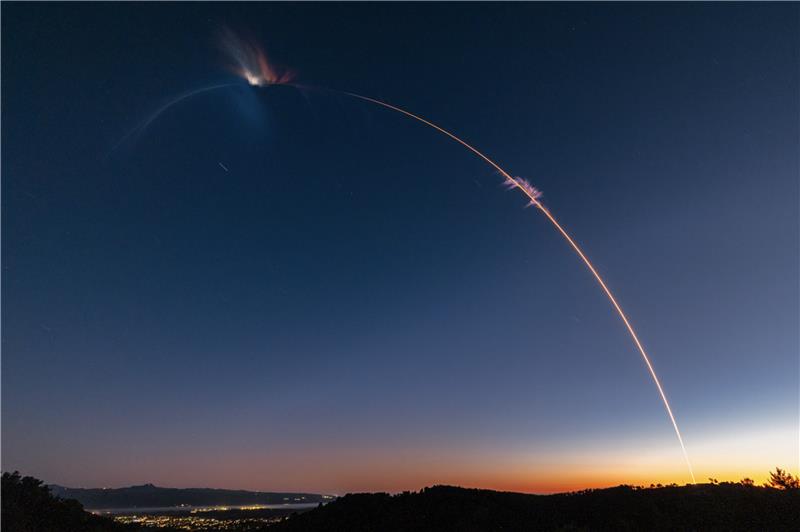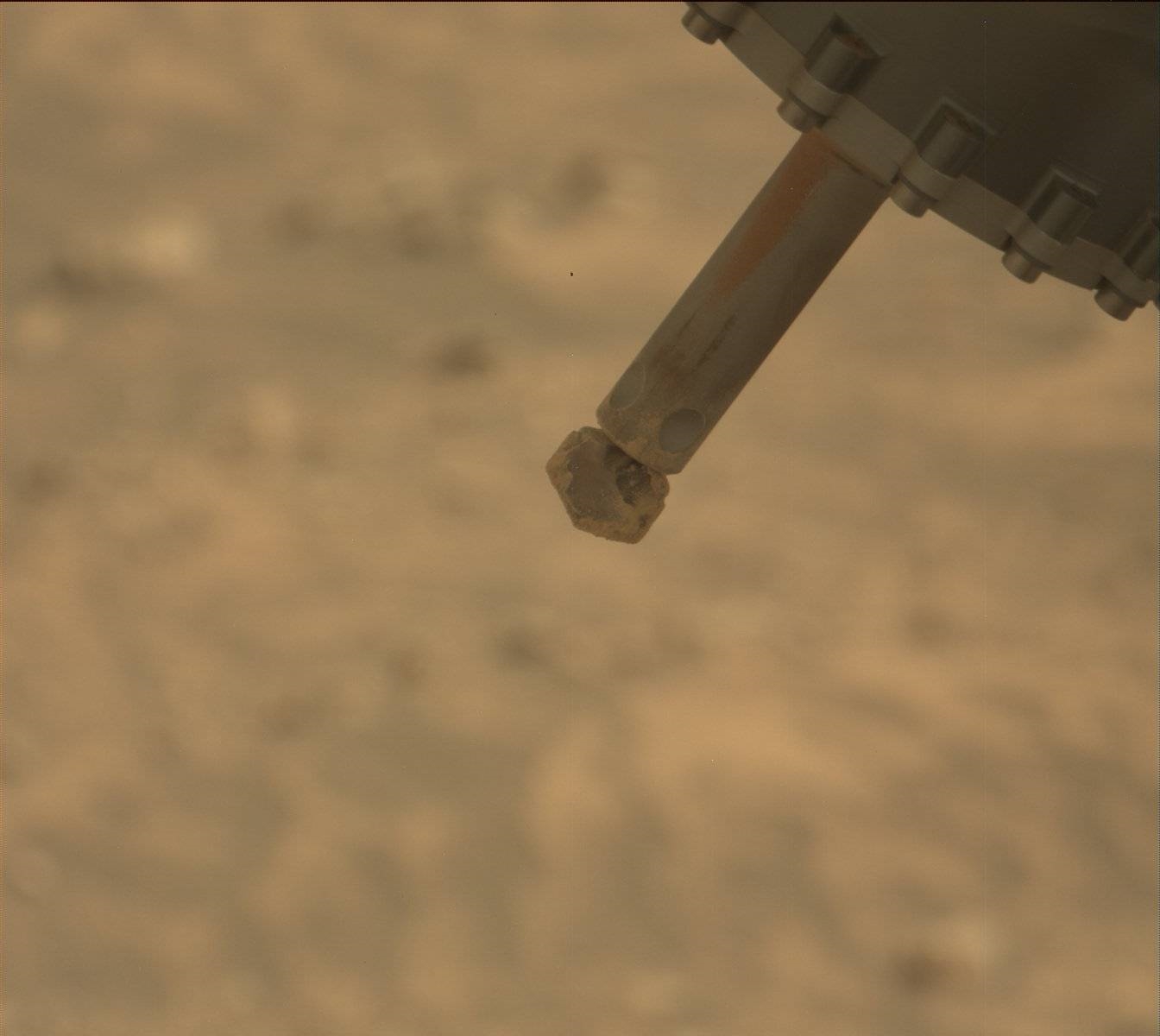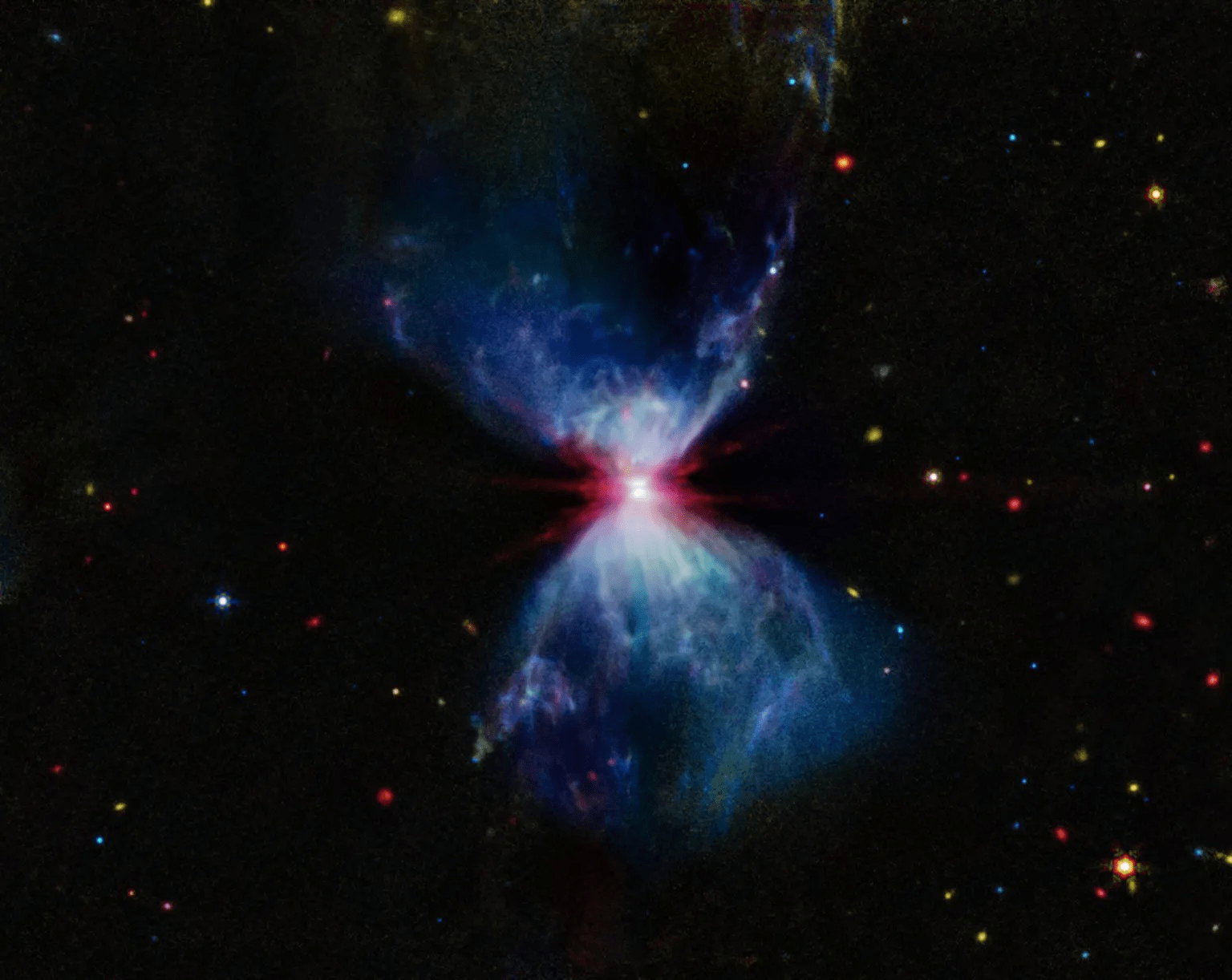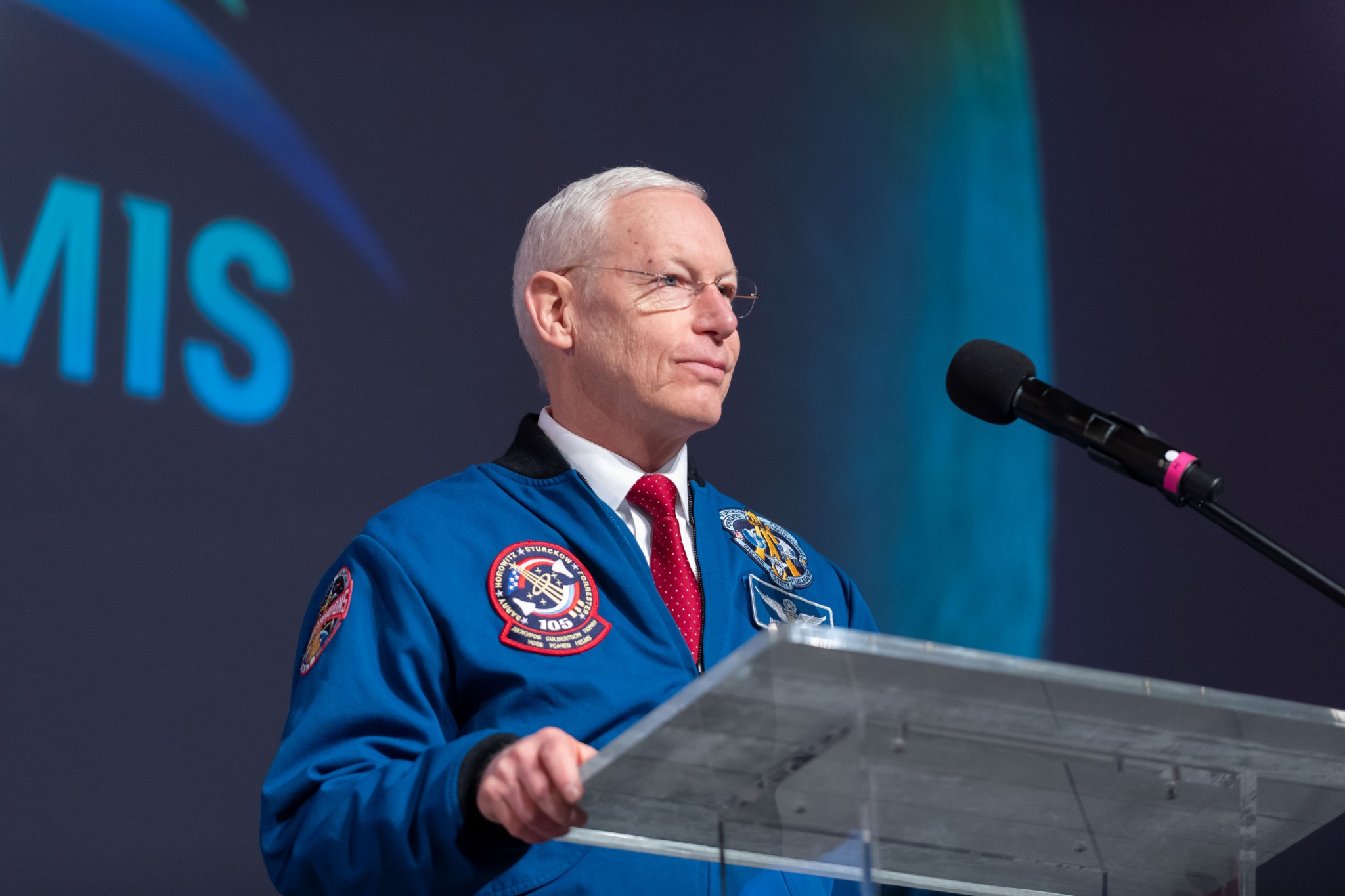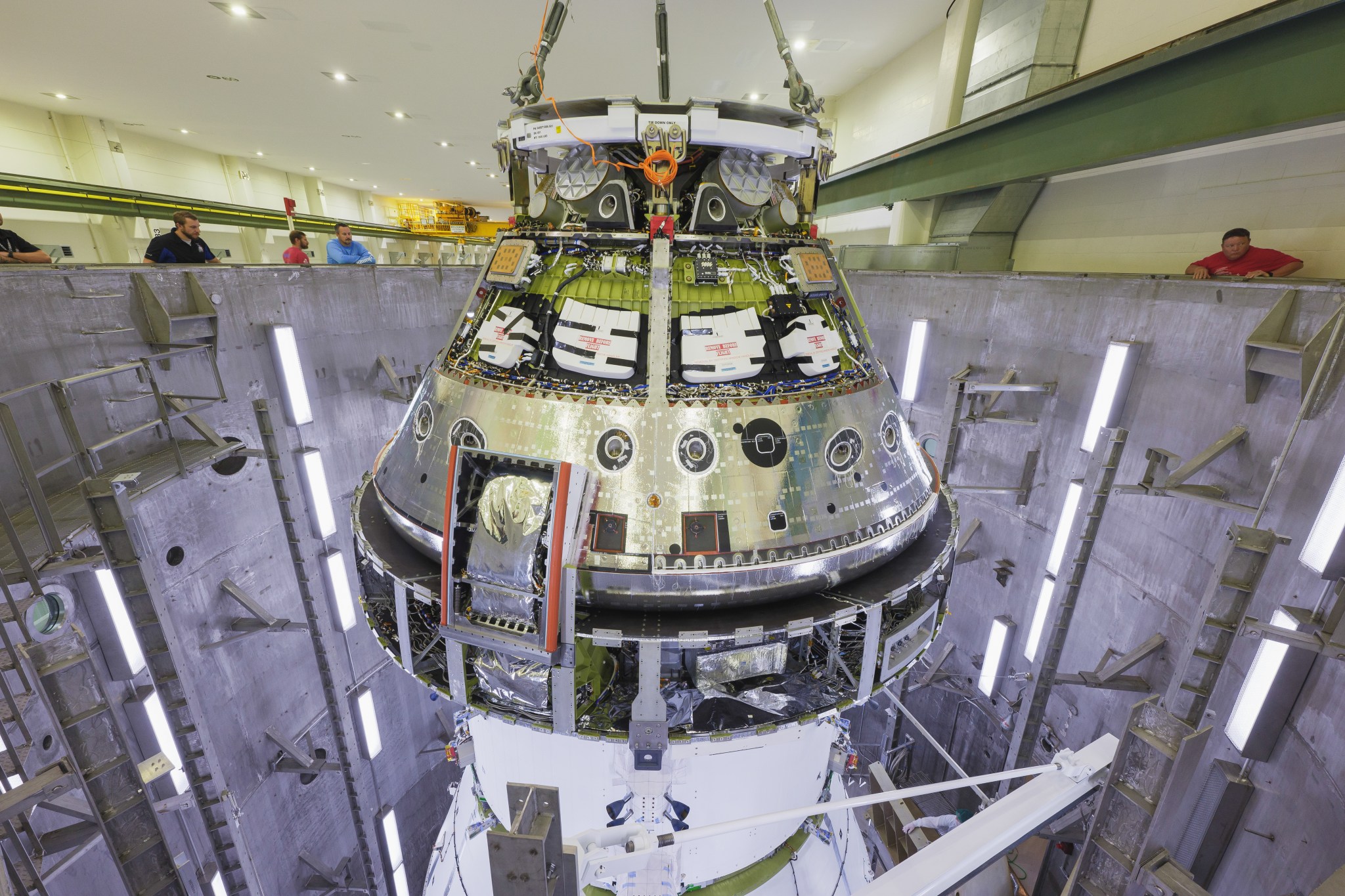New images published by the European Space Agency have captured a 600-kilometer-long (373-mile-long) snaking scar on Mars’ surface in greater detail than ever before. The Red Planet is full of scratches and scars, and this one, named Aganippe Fossa, is another of these ditch-like grooves with steep walls — more specifically, however, Aganippe Fossa is what’s called a “graben.” “We’re still unsure of how and when Aganippe Fossa came to be, but it seems likely that it was formed as magma rising underneath the colossal mass of the Tharsis volcanoes…
Read MoreMonth: July 2024
NASA Science Activation Teams Present at National Rural STEM Summit
1 min read NASA Science Activation Teams Present at National Rural STEM Summit NASA Science Activation (SciAct) teams participated in the National Rural STEM (Science, Technology, Engineering, & Mathematics) Summit held June 4-7, 2024 in Tucson, Arizona. Hosted by Kalman Mannis of the Rural Activation and Innovation Network (Arizona Science Center) and the SciTech Institute, the summit fostered learning and sharing among organizations dedicated to creating partnerships and pathways for authentic STEM learning in rural communities. Participants included: Matt Cass and Randi Neff from SciAct’s Smoky Mountains STEM Collaborative, who…
Read MoreEight CubeSats Lift Off for NASA on Firefly Aerospace Rocket!
Firefly Aerospace’s Alpha rocket leaves a glowing trail above the skies of Vandenberg Space Force Base in California on July 3, 2024. Photo credit: Firefly Aerospace/Trevor Mahlmann As part of NASA’s CubeSat Launch Initiative, Firefly Aerospace launched eight small satellites on July 3 aboard the company’s Alpha rocket. Named “Noise of Summer,” the rocket successfully lifted off from Space Launch Complex 2 at Vandenberg Air Force Base in California at 9:04 p.m. PDT. The CubeSat missions were designed by universities and NASA centers and cover science that includes climate studies,…
Read MoreScientists tap into 2 new quantum methods to catch dark matter suspects
The hunt for dark matter is about to get much cooler. Scientists are developing supercold quantum technology to hunt for the universe’s most elusive and mysterious stuff, which currently constitutes one of science’s biggest mysteries. Despite the fact that dark matter outnumbers the amount of ordinary matter in our universe by about six times, scientists don’t know what it is. That’s at least partly because no experiment devised by humanity has ever been able to detect it. To tackle this conundrum, scientists from several universities across the U.K. have united…
Read MoreBoiling rocks from Earth’s crust tore an ocean into Mongolia 410 million years ago
Over 400 million years ago, an upwelling of hot rock from Earth’s mantle wrenched apart the crust in Mongolia, creating an ocean that survived for 115 million years. The geological history of this ocean could help researchers understand Wilson cycles, or the process by which supercontinents break apart and come together. These are slow, broad-scale processes that progress by less than an inch per year, said study co-author Daniel Pastor-Galán, a geoscientist at the National Spanish Research Council in Madrid. “It’s telling us about processes in the earth that are…
Read MoreScience and music festival Starmus 2025 will return to the Canary Islands
The ambitious science and music festival Starmus will return to the Canary Islands in April 2025 for a historic edition, both for the festival and the island of La Palma. Starmus combines art, music and science to elevate science communication and engage humanity in some of the biggest questions of our time. It was founded by astrophysicist Garik Israelian and Queen guitarist and astrophysicist Brian May. The festival traditionally occurs every two years and recently celebrated its seventh edition in Slovakia in April 2024; Starmus Earth was attended by more…
Read MoreSols 4234-4235: And That’s (Nearly) a Wrap on Mammoth Lakes!
Curiosity Navigation Curiosity Mission Overview Where is Curiosity? Mission Updates Science Overview Instruments Highlights Exploration Goals News and Features Multimedia Curiosity Raw Images Mars Resources Mars Missions Mars Sample Return Mars Perseverance Rover Mars Curiosity Rover MAVEN Mars Reconnaissance Orbiter Mars Odyssey More Mars Missions All Planets Mercury Venus Earth Mars Jupiter Saturn Uranus Neptune Pluto & Dwarf Planets 2 min read Sols 4234-4235: And That’s (Nearly) a Wrap on Mammoth Lakes! This image was taken by Mast Camera (Mastcam) onboard NASA’s Mars rover Curiosity on Sol 4219 (2024-06-19 02:21:12…
Read MoreThe Marshall Star for July 3, 2024
30 Min Read The Marshall Star for July 3, 2024 11 Marshall Team Members, 5 Teams Awarded in Space Flight Awareness Ceremony By Jessica Barnett Sixteen individuals and groups from across NASA’s Marshall Space Flight Center were recognized June 27 for going above and beyond in their support of the human space program. Marshall Deputy Director Rae Ann Meyer presented the awards during a special Space Flight Awareness ceremony in Activities Building 4316. NASA’s Marshall Space Flight Center Deputy Director Rae Ann Meyer speaks to audience members and award winners…
Read MoreFormer NASA Chief Astronaut Patrick Forrester Retires
July 3, 2024 RELEASE: J24-011 Former Chief Astronaut Patrick Forrester NASA NASA astronaut Patrick G. Forrester retired June 29, after a career spanning 31 years of service and three spaceflights. He went on to become chief of NASA’s Astronaut Office, and most recently served as an advisor to the associate administrator for the Space Operations Mission Directorate at NASA Headquarters in Washington. Forrester joined the agency in 1993 as an aerospace engineer at NASA’s Johnson Space Center in Houston and was selected to become an astronaut in 1996. He dedicated…
Read MoreOrion on the Rise
NASA/Radislav Sinyak Technicians lift NASA’s Orion spacecraft out of the Final Assembly and System Testing cell on June 28, 2024. The integrated spacecraft, which will be used for the Artemis II mission to orbit the Moon, has been undergoing final rounds of testing and assembly, including end-to-end performance verification of its subsystems and checking for leaks in its propulsion systems. A 30-ton crane returned Orion into the recently renovated altitude chamber where it underwent electromagnetic testing. The spacecraft now will undergo a series of tests that will subject it to a near-vacuum environment by removing…
Read More